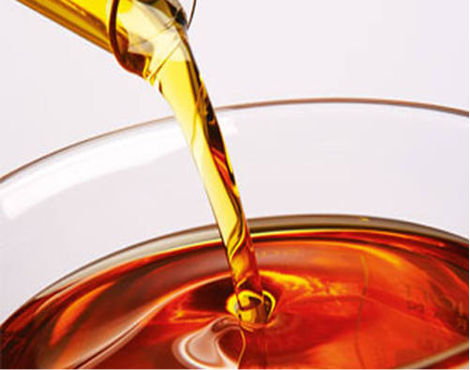You envision, we build it!
PRODUCTS
WE WORK WITH ANY SURFACES, ANY COLORS AND ANY TASKS AT HAND!

PEGMENTS
Pigments are granular solids incorporated in the paint to contribute color. Dyes are colorants that dissolve in the paint. Fillers are granular solids incorporated to impart toughness, texture, give the paint special properties, or to reduce the cost of the paint. During production, the size of such particles. Rather than using only solid particles, some paints contain dyes instead of or in combination with pigments. Hiding pigments, in making paint opaque, also protect the substrate from the harmful effects of ultraviolet light. Hiding pigments include titanium dioxide, phthalo blue, red iron oxide, and many others.

EXTENDERS
Extender preparation. Reduces the pigment concentration in a pigment preparation in order to allow a more accurate dosing. In contrast to when just water is used for reduction, key properties of the pigment preparation, such as rheology, settling resistance and shelf life, are not changed considerably. Used in emulsion paints and long-oil alkyd resin paints.

RESINS
An alkyd is a polyester resin modified by the addition of fatty acids and other components .Alkyds are derived from polyols and organic acids including dicarboxylic acids or carboxylic acid anhydride and triglyceride oils. The term alkyd is a modification of the original name "alcid", reflecting the fact that they are derived from alcohol and organic acids. The inclusion of a fatty acid confers a tendency to form flexible coatings. Alkyds are used in paints, varnishes and in moulds for casting. They are the dominant resin or binder in most commercial oil-based coatings. Alkyd resins are produced. The original alkyds were compounds of glycerol and phthalic acid sold under the name these were sold as substitutes for the darker-colored copal resins, thus creating alkyd varnishes that were much paler in color. From these, the alkyds that are known today were developed.

ADDITIVES
Besides the three main categories of ingredients, paint can have a wide variety of miscellaneous additives, which are usually added in small amounts, yet provide a significant effect on the product. Some examples include additives to modify surface tension, improve flow properties, improve the finished appearance, increase wet edge, improve pigment stability, impart antifreeze properties, control foaming, control skinning, etc. Other types of additives include catalysts, thickeners, stabilizers, emulsifiers, texturizers, adhesion promoters, UV stabilizers, flatteners (de-glossing agents), biocides to fight bacterial growth and the like.
Additives normally do not significantly alter the percentages of individual components in a formulation.

DRYERS
An oil drying agent, also known as siccative, is coordination compound that accelerates (catalyzes) the hardening of drying oils, often as they are used in oil-based paints. This so-called "drying" (actually a chemical reaction that produces an organic plastic) occurs through free-radical chemical crosslinking of the oils. The catalysts promote this free-radical autoxidation of the oils with air.
Typical oil drying agents are derived from ions of cobalt, manganese, and iron, prepared as "salts" of lipophilic carboxylic acids such as naphthenic acids, in order to give them a soap-like chemical formula and make them oil-soluble.

BINDERS
Binders, being liquids, do not exhibit a static internal structure. The droplets dispersed in the continuous phase.
(Sometimes referred to as the "dispersion medium") are usually assumed to be statistically distributed to produce roughly spherical droplets. The term "emulsion" is also used to refer to the photo-sensitive side of photographic film. Such a photographic emulsion consists of silver halide colloidal particles dispersed in a gelatin matrix. Nuclear emulsions are similar to photographic emulsions, except that they are used in particle physics to detect high-energy elementary particles Binder or film former.
The binder is the film-forming component of paint. It is the only component that is always present among all the various types of formulations. Many binders are too thick to be applied and must be thinned. The type of thinner, if present, varies with the binder. The binder imparts properties such as gloss, durability, flexibility, and toughness
